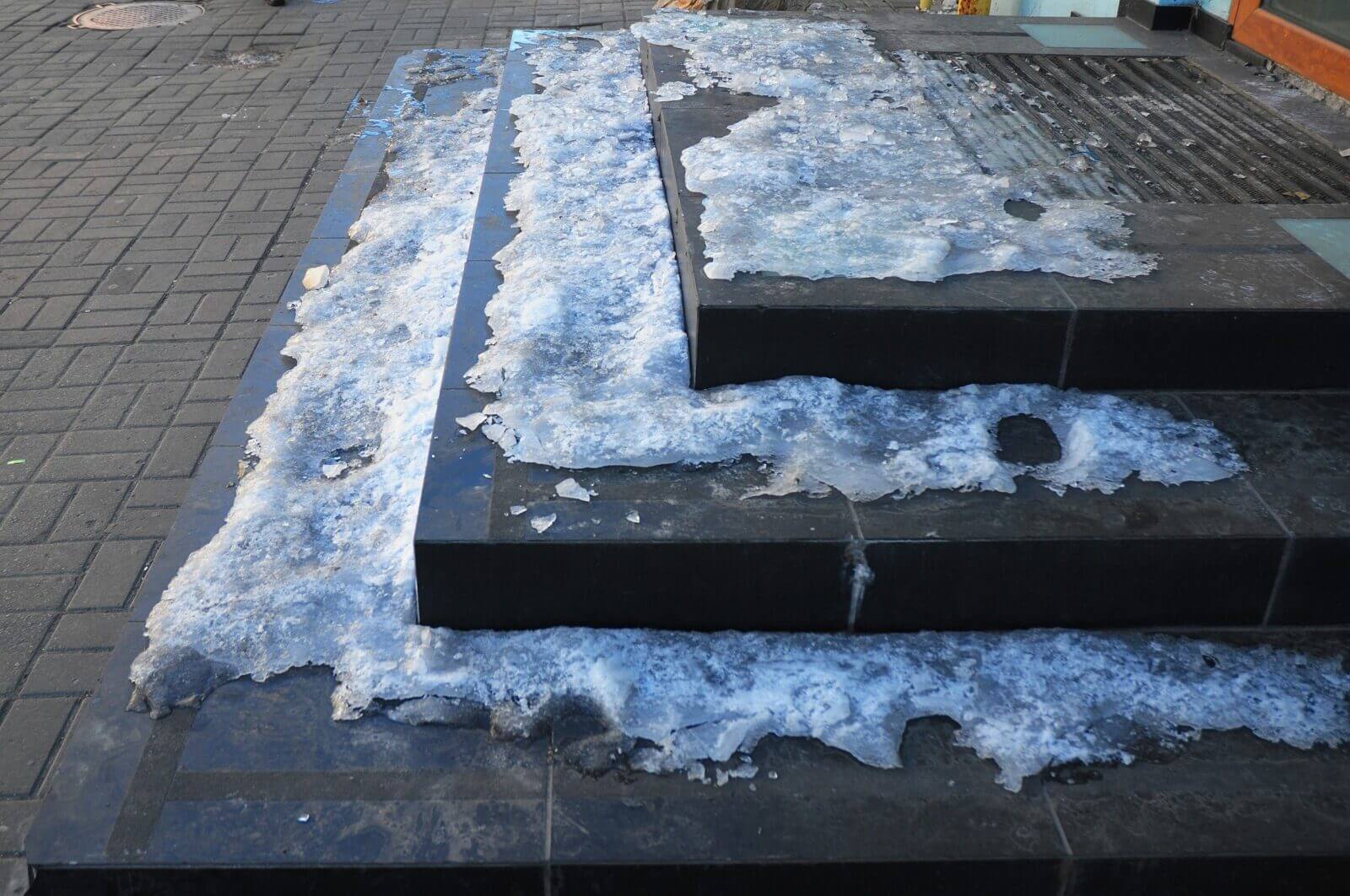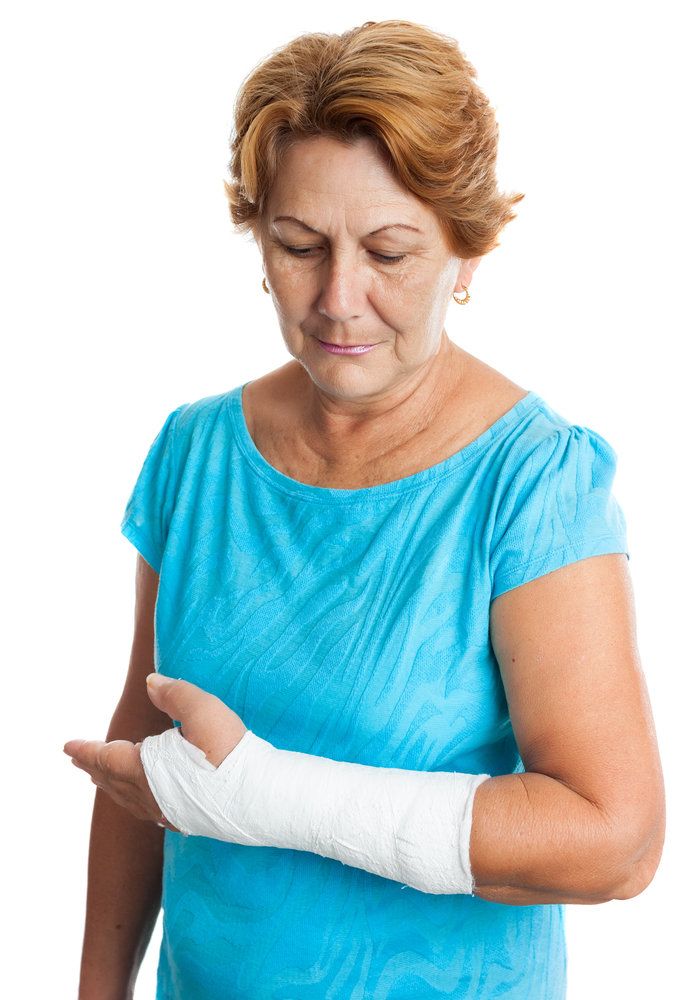Pool accidents may be more common than you think. With summer now in full swing, it’s a good idea to study up on swimming and pool safety before jumping into one of the 10 million residential and 300,000 public swimming pools in the United States.
According to the CDC, swimming is the 4th most popular activity in the United States, and there are many health benefits to be gained from swimming. So there’s a good chance that you and your friends and family will probably spend some time swimming over the next few months (okay, a lot of time).
With all that fun in the sun, remember that you should be aware of some serious dangers. Everyone can help prevent pool accidents by following all posted rules and regulations when at a swimming pool. Unfortunately, not all accidents can be prevented.
Here are some quick facts about pool accidents and information that may help prevent them from happening to you or a loved one.
Drowning
There are around 390 spa or swimming pool deaths per year in the US, and about 82% of drownings among children occur in home pools. It is crucial to have the correct safety precautions installed in and around your pool.
Most of these accidents occur in in-ground pools. Make sure your pool is enclosed on all four sides by a gate that is out of reach of children and is both self-closing and self-latching. Additionally, consider installing alarms that will detect anyone entering the pool area.
If you have an above-ground pool, ensure the ladder and any furniture used as steps are removed from the area. You can also purchase pool covers that lock and can be used for in-ground and above-ground pools.
Additionally, children ages 1-4 have the highest drowning rates, and almost 2,000 children are treated in the hospital for injuries annually. Ensure that all family members learn how to swim and are supervised when in and around the water.
Teaching children swimming safety and modeling proper behaviors can decrease the risk of drowning and other accidents. This includes establishing rules such as always having a designated water watcher (an adult to supervise all swimmers), using floatation devices as intended (age/size appropriate), and practicing what to do in case of an emergency (dial 911, CPR, etc.).
Slips and Falls
Other common pool accidents are slips or falls. Even with “no running” posted around every pool, up to 100,000 people statistically will still slip and fall near pools in a year. Hopefully, the only thing damaged in those cases is a person’s pride, but many other consequences are more serious. Broken bones, lacerations, or brain injuries can cause serious harm.
Just as it is essential to have physical barriers in place, it is also vital to have the correct surfaces built around the pool. Consider using or adding materials that provide more grip and traction for bare feet and wet surfaces. Installing handrails where swimmers enter and exit the pool can reduce slips and falls.
Even something as simple as keeping walkways clear of clutter, patio furniture, or pool equipment can help prevent serious injuries, including traumatic brain injuries (TBIs). Traumatic brain injuries can also occur when diving into shallow water or hitting your head on the side or bottom of the pool. Traumatic brain injuries can have lifelong impacts and lead to severe symptoms that affect your physical and mental health.
Chemical Injuries
Keeping a swimming pool or hot tub clean and free of dangerous illnesses is necessary, but having the right amount of the right chemicals is crucial.
Around 4,600 people in the US visited an emergency room in 2008 due to injuries caused by chemicals used in swimming pools and hot tubs. These injuries include chemical burns, poisoning, respiratory distress, nausea and vomiting, and skin irritation or infection.
If you own a swimming pool, regularly test the water to regulate chlorine or bromine levels and pH levels. Ensuring swimmers shower for at least one minute before entering the pool can also help manage the correct chemical levels.
Pool Suction-drain Injury
A proper filter and drainage system is another component of maintaining swimming pool cleanliness. Larger contaminants not affected by chemical cleaning systems can be removed using these systems.
A standard drain eight inches in diameter can exert up to 350 pounds of pressure while cleaning the pool. The danger of these drains is that, if left uncovered or improperly maintained, they could lead to suction entrapment.
Any part of a swimmer can be sucked into the drain, making it very difficult to escape and return to the surface. Drowning can occur, as well as severe injuries, including evisceration. In response to real-life cases, Congress passed the Virginia Graeme Baker Pool and Spa Safety Act, along with the Consumer Product Safety Commission, regulating the types and requirements of drains used in swimming pools.
Installing shut-off valves and dome-shaped covers can significantly reduce the risk of pool suction-drain injuries and keep swimmers safe while maintaining the pool’s cleanliness.
Flickinger • Boulton • Robson • Weeks
Even the most cautious swimmers can still experience pool accidents, but an ounce of prevention is worth a pound of cure. If you or a loved one have been injured in a swimming pool accident due to someone’s negligence, you may be entitled to compensation.
The skilled team of personal injury lawyers at Flickinger • Boulton • Robson • Weeks provides tailored legal solutions for each case. From mediation to arbitration to litigation services, Flickinger • Boulton • Robson • Weeks are dedicated to helping you and your loved ones rebuild and get the compensation you deserve.
With over 50 years of combined experience representing personal injury cases, Flickinger • Boulton • Robson • Weeks offers free case consultations at any of their locations in South Jordan or Provo.
Don’t wait to get the help you deserve. Schedule your free case consultation now.



